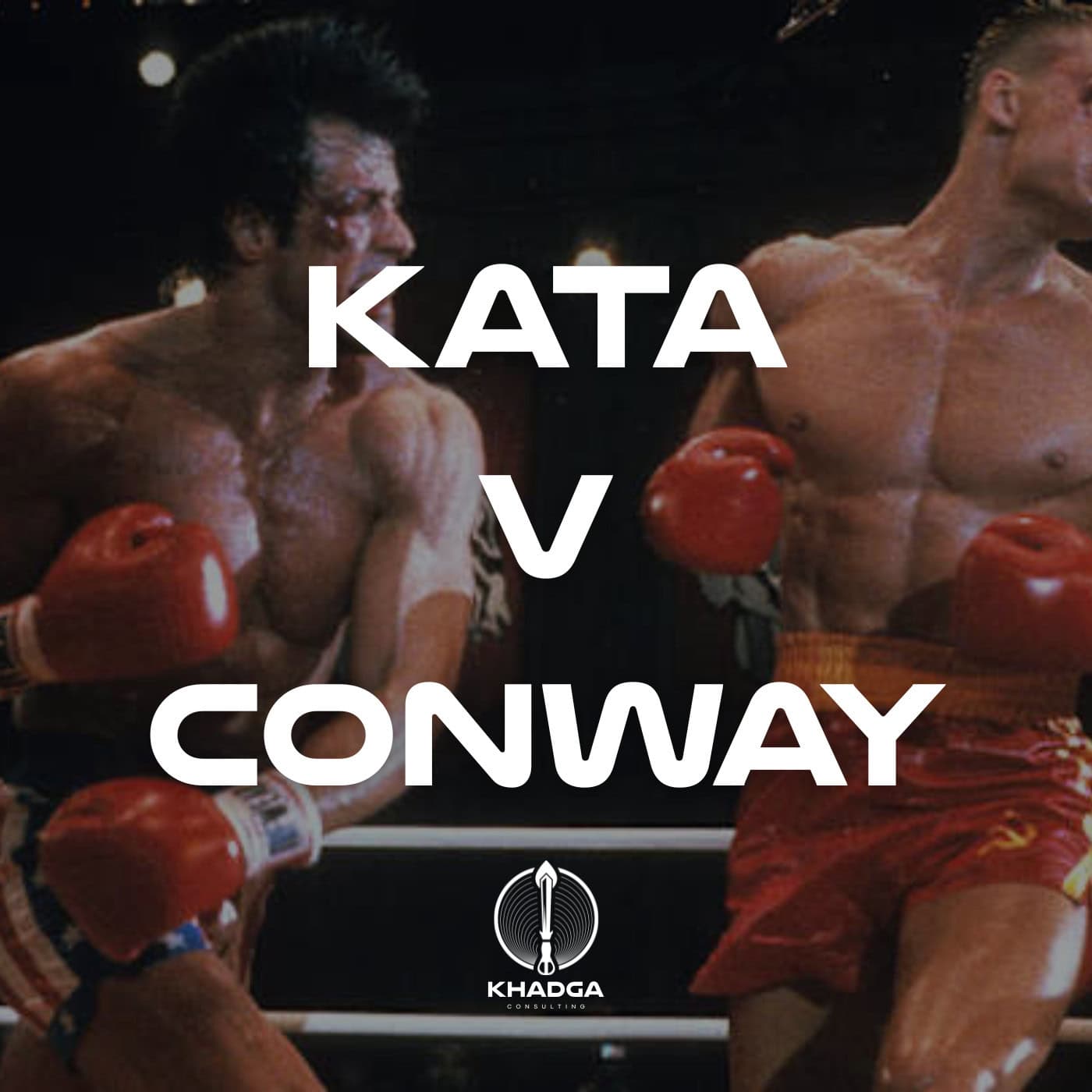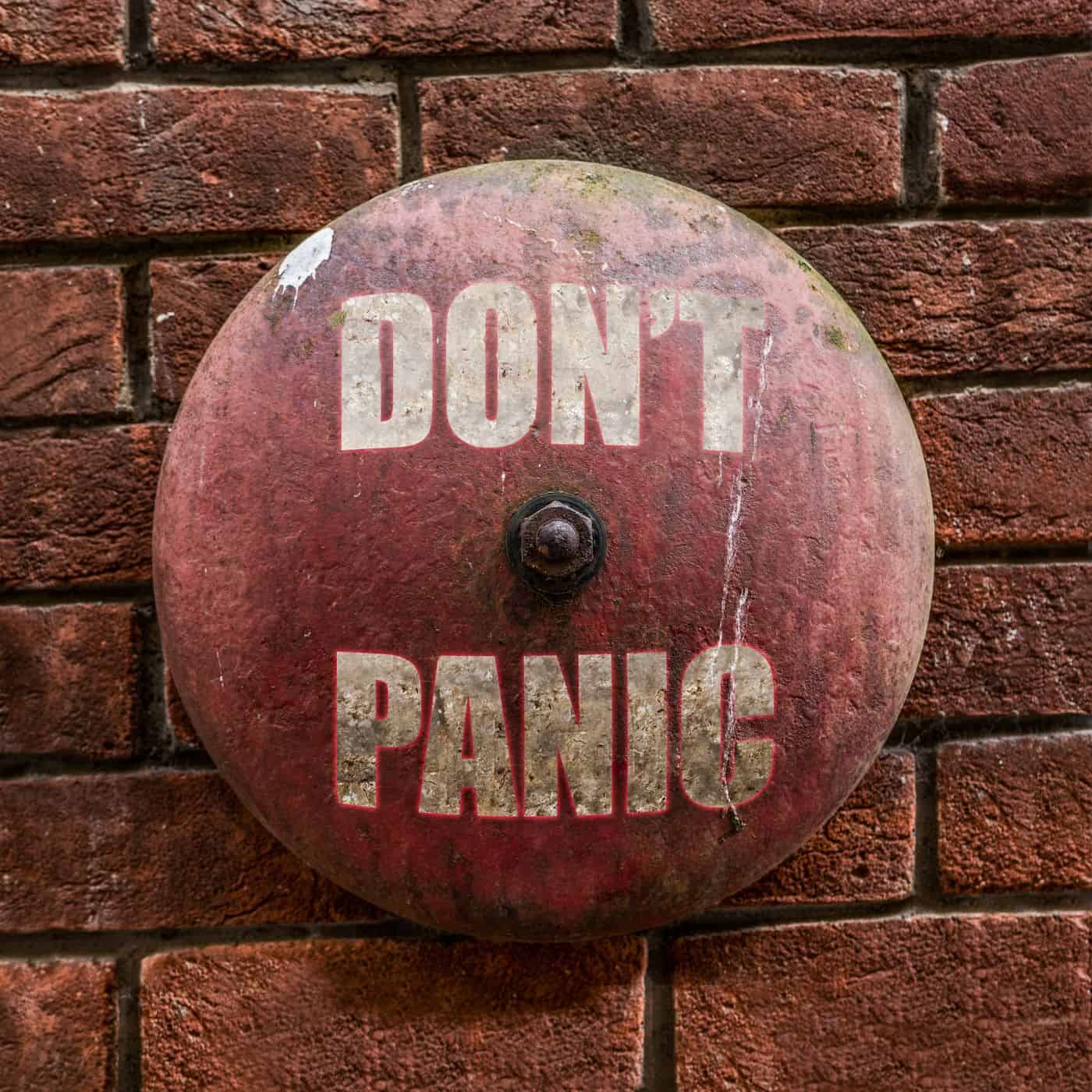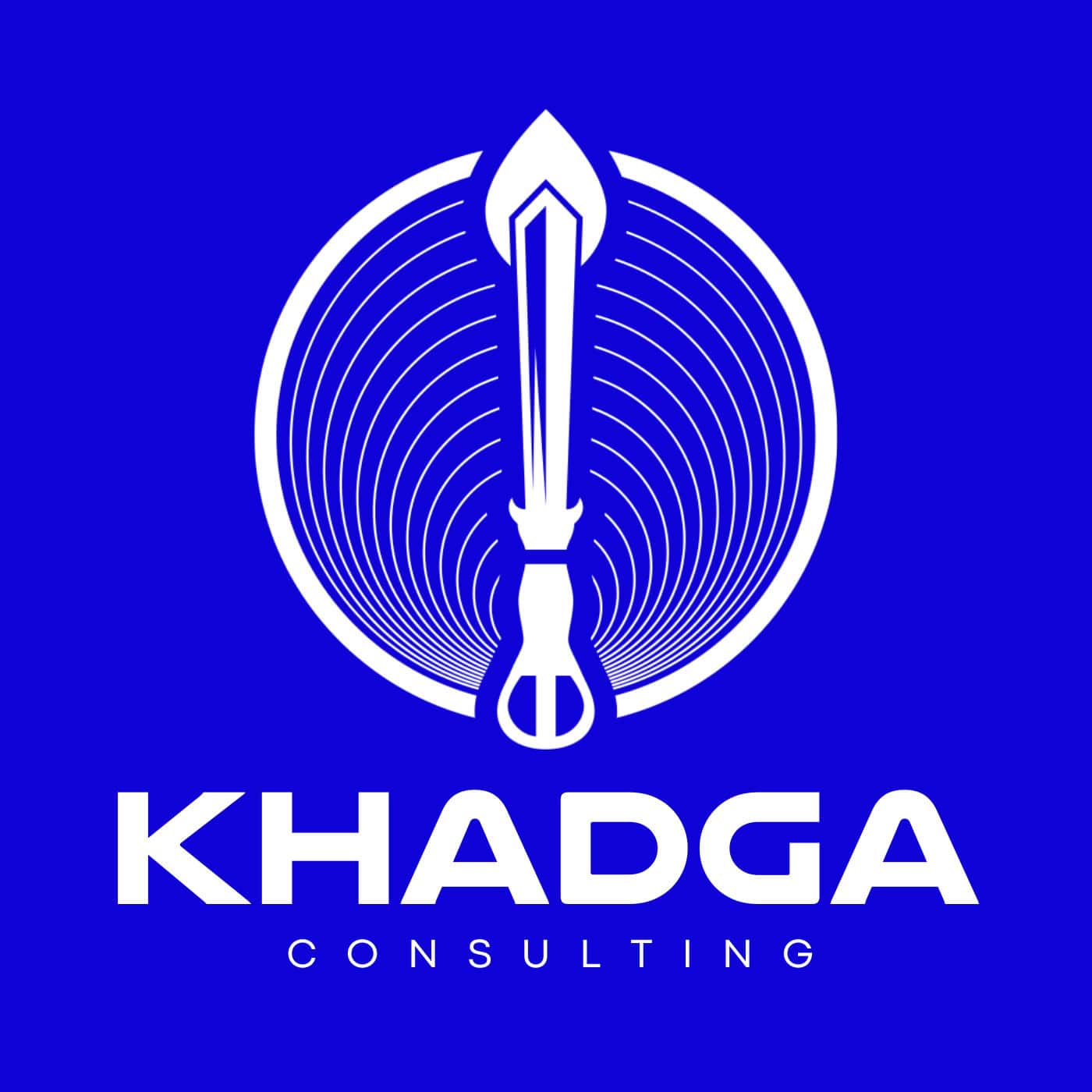I was deep into reading Team Topologies when I stumbled across a quote from Mike Rother’s Toyota Kata that stopped me cold:
“The roots of Toyota’s success lies not in its organizational structures but in developing capability and habits in its people.”
My first reaction? This seemed to directly challenge everything Team Topologies advocates; the careful application of Conway’s Law, the intentional design of stream-aligned teams, the precise choreography of team interactions. If structure doesn’t matter, why spend so much energy getting the topology right?
But then I realized I was missing the deeper truth.
The Paradox That Isn’t
The quote isn’t dismissing organizational design, it’s revealing what makes it actually work. An org chart is just a drawing. A reporting structure without embodied habits is just bureaucracy. What transforms a collection of boxes and lines into a high-performing organization is how people interact to form teams, and how teams interact to form larger structures.
These interactions, when working well, become shared habits. They become “the way we do things here.”
Why Habits Matter More Than Hierarchy
Toyota’s kata (their repeating routines of continuous improvement and coaching) create organizational capabilities that transcend any particular structure. The Improvement Kata teaches teams how to move systematically toward target conditions. The Coaching Kata develops managers who can teach scientific thinking. These aren’t processes you follow; they’re habits you embody.
Similarly, when Team Topologies works, it’s not because you’ve drawn the perfect org chart. It’s because teams develop shared routines for collaboration, facilitation, and service delivery that become deeply ingrained patterns of behavior.
Conway’s Law Through the Lens of Habits
Conway’s Law tells us that “organizations which design systems are constrained to produce designs which are copies of the communication structures of these organizations.” But here’s what’s often missed: the communication structures that really matter aren’t the formal ones on paper, they’re the habitual patterns of how people actually interact.
When you implement the “Inverse Conway Maneuver” (designing teams to match your desired architecture) you’re not just changing boxes on a chart. You’re attempting to establish new habits of communication and collaboration. The architecture will only emerge if teams develop sustainable practices that support the intended design.
The Implementation Gap
This is why so many organizational transformations fail. Leaders redesign the structure, announce the new topology, maybe even get Conway’s Law right on paper. But they forget the most crucial step: helping teams develop the new habits that make the structure actually work.
Changing from a functional organization to stream-aligned teams isn’t just about reassigning people. It’s about developing new habits around:
- How decisions get made
- How knowledge gets shared
- How teams coordinate without creating dependencies
- How feedback flows both up and across the organization
Building Organizations That Stick
The most successful transformations I’ve seen follow this pattern:
Start with capabilities, not structures. What new habits does your organization need to develop? How do teams need to interact differently? What decision-making patterns would serve your goals?
Design structures that encourage the right habits. Your org design should make the desired behaviors easier and the undesired behaviors harder. This means thinking about “improvement kata as a repeating routine of establishing challenging target conditions, working step-by-step through obstacles, and always learning.”
Practice the new patterns deliberately. Like Toyota’s kata, organizational capabilities develop through consistent practice. Teams need time and coaching to internalize new ways of working.
The Real Question
Mike Rother’s insight reframes how we should think about organizational design. Instead of asking “What’s the right structure?” we should ask “What habits do our people need to develop to deliver value effectively?”
The structure still matters. It creates the context for habit formation. But the habits are what bring the structure to life.
Your org chart might look perfect on paper, but if your teams haven’t developed the right habits of interaction, you’re just playing organizational theater. The real work isn’t in the design; it’s in the daily practice of becoming the organization you’ve designed.
Struggling with organizational transformation that looks good on paper but isn’t delivering results? At Khadga Consulting, we help organizations develop the habits and capabilities that make change stick. Visit khadga.consulting to learn more and request a free consultation.






